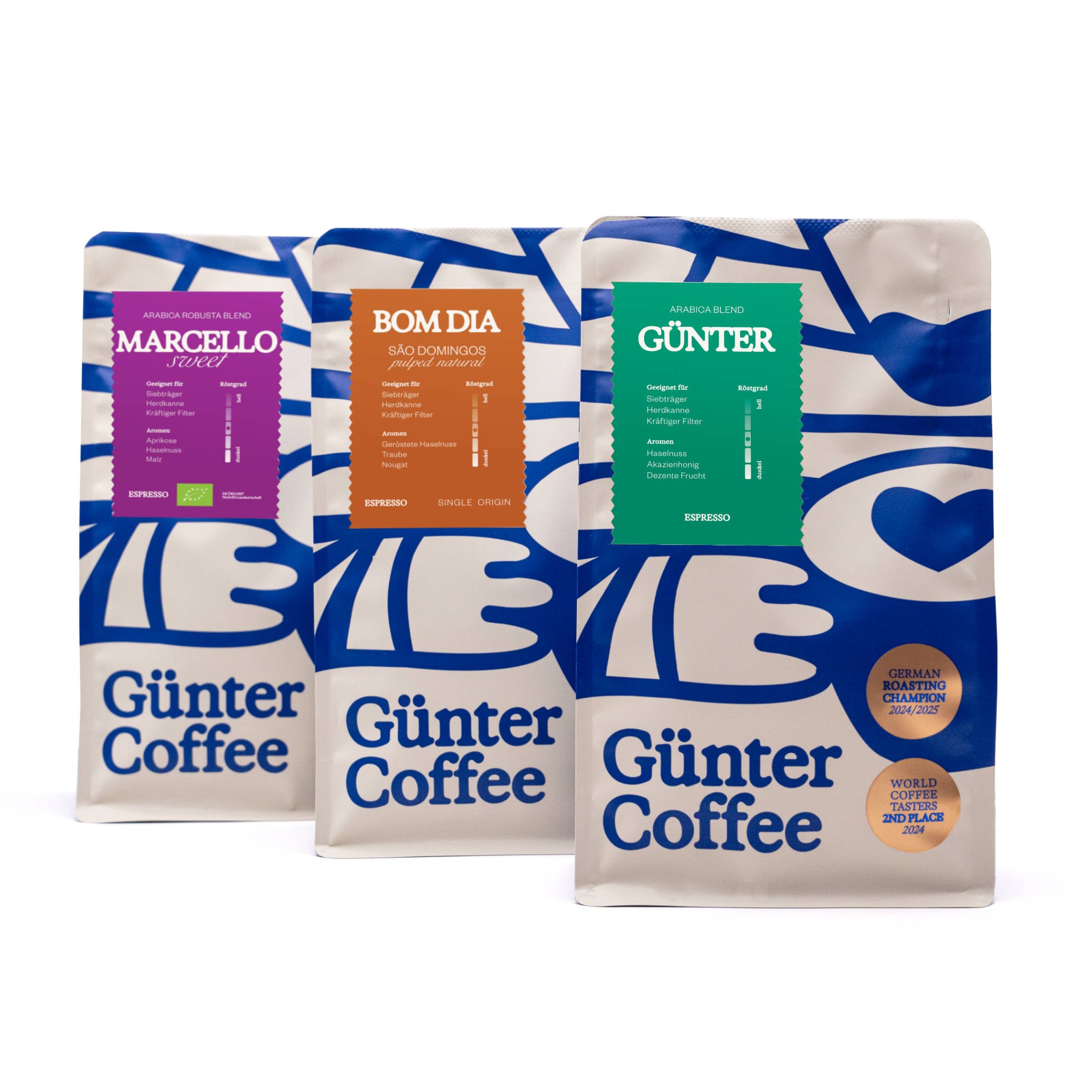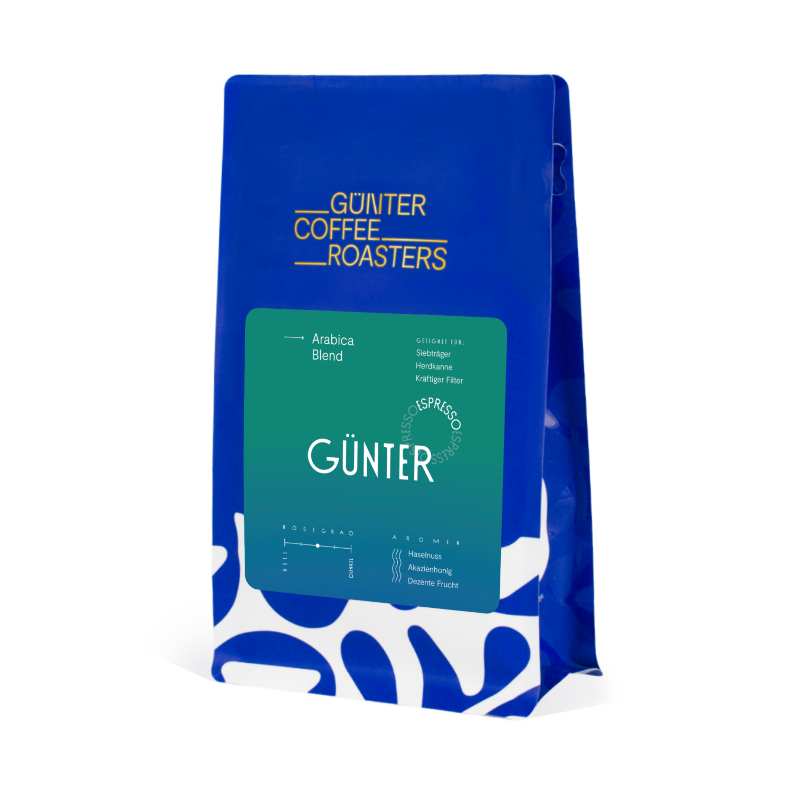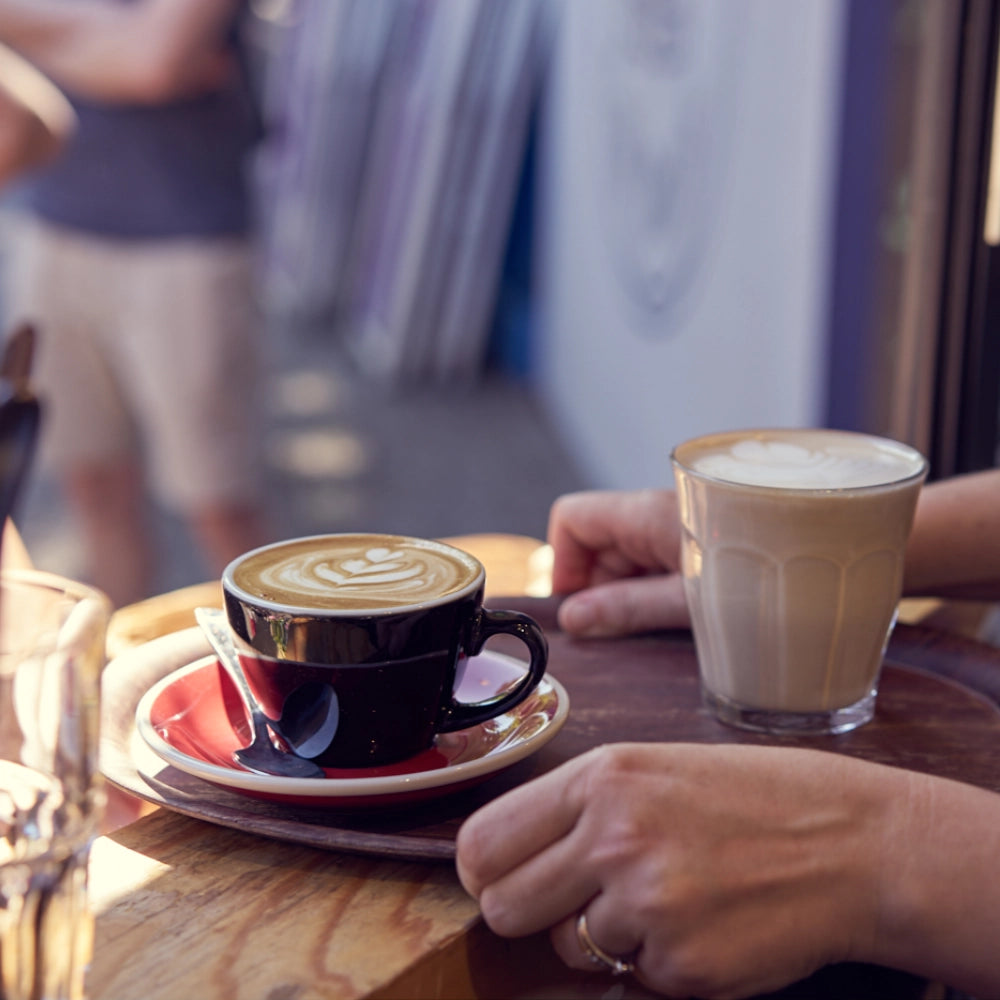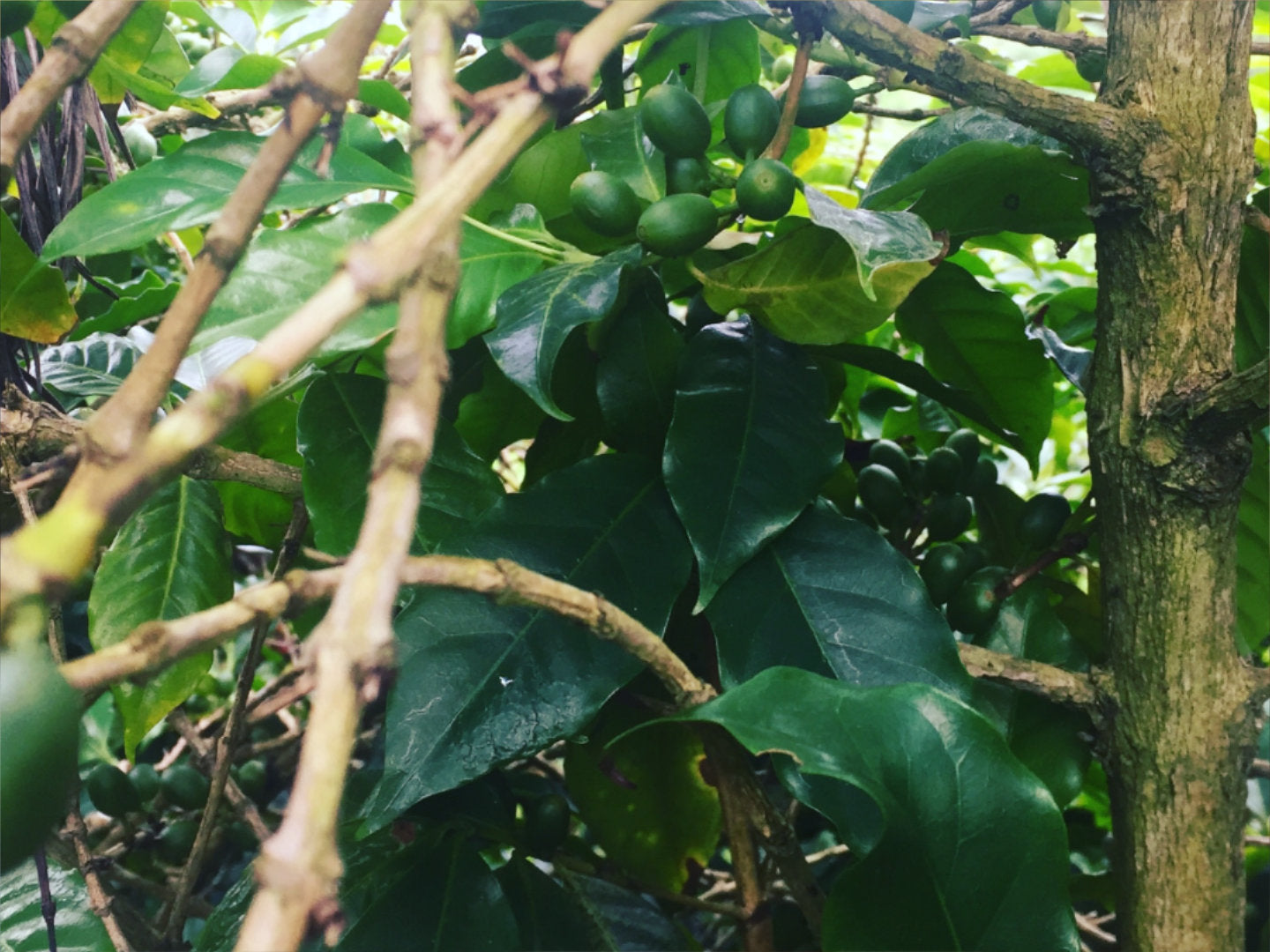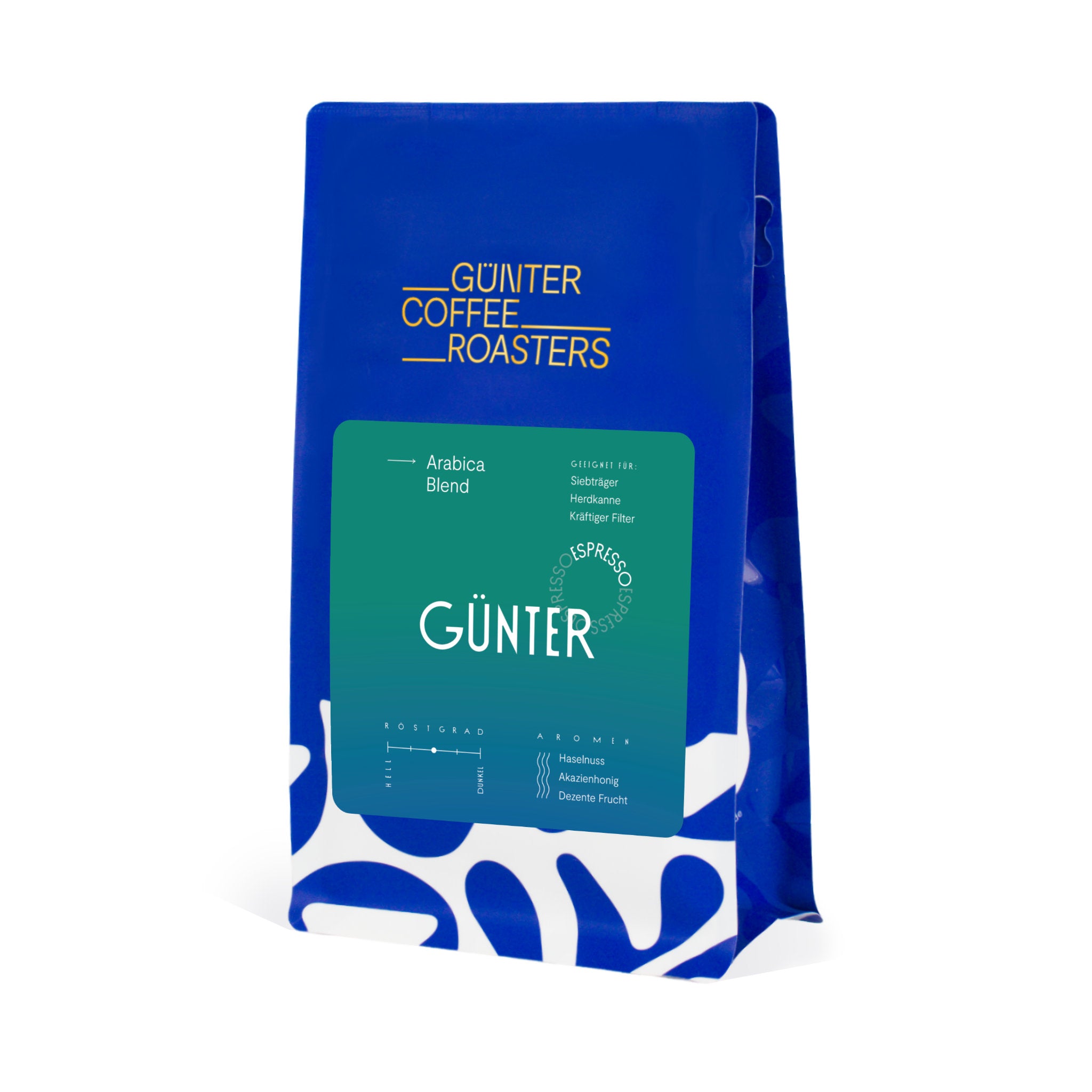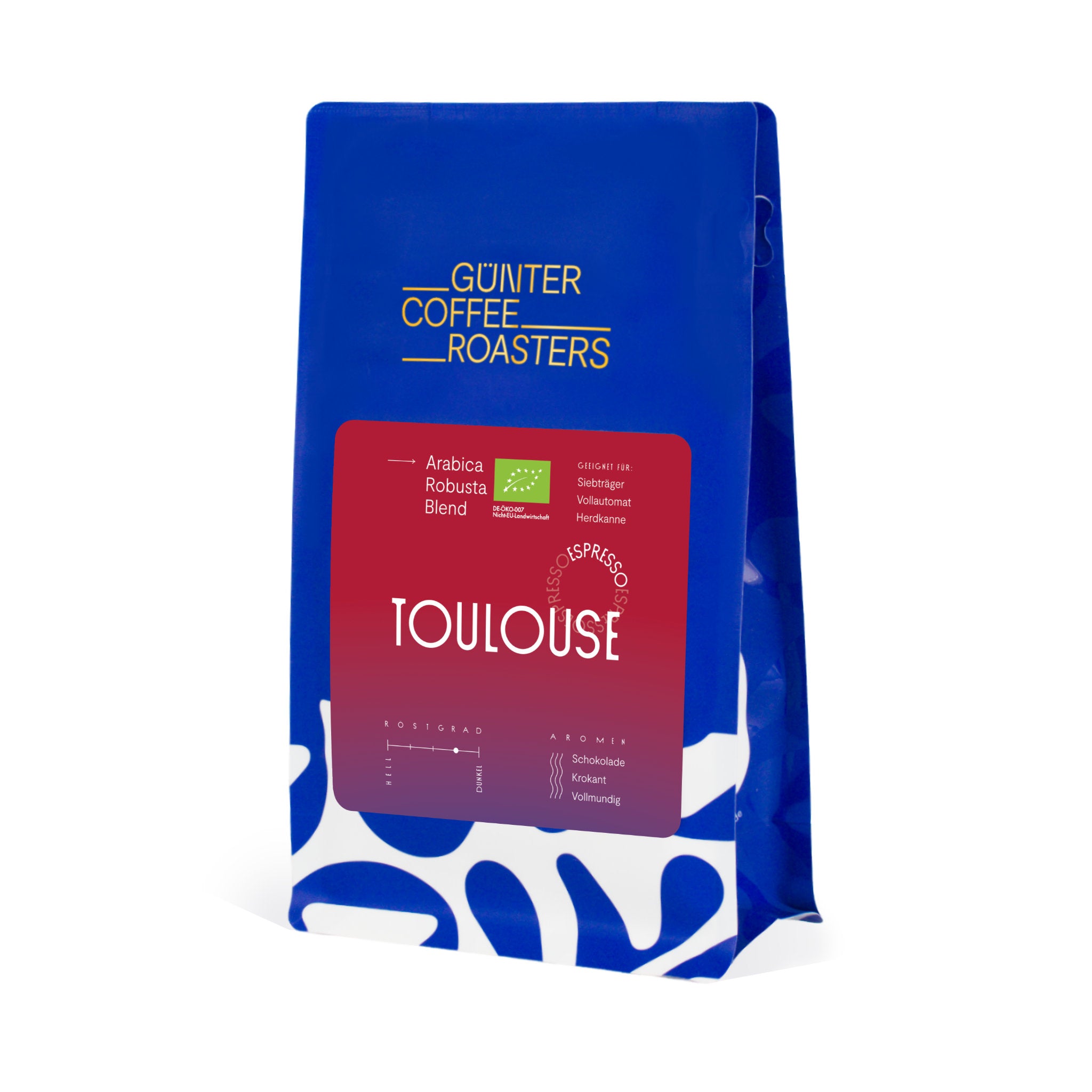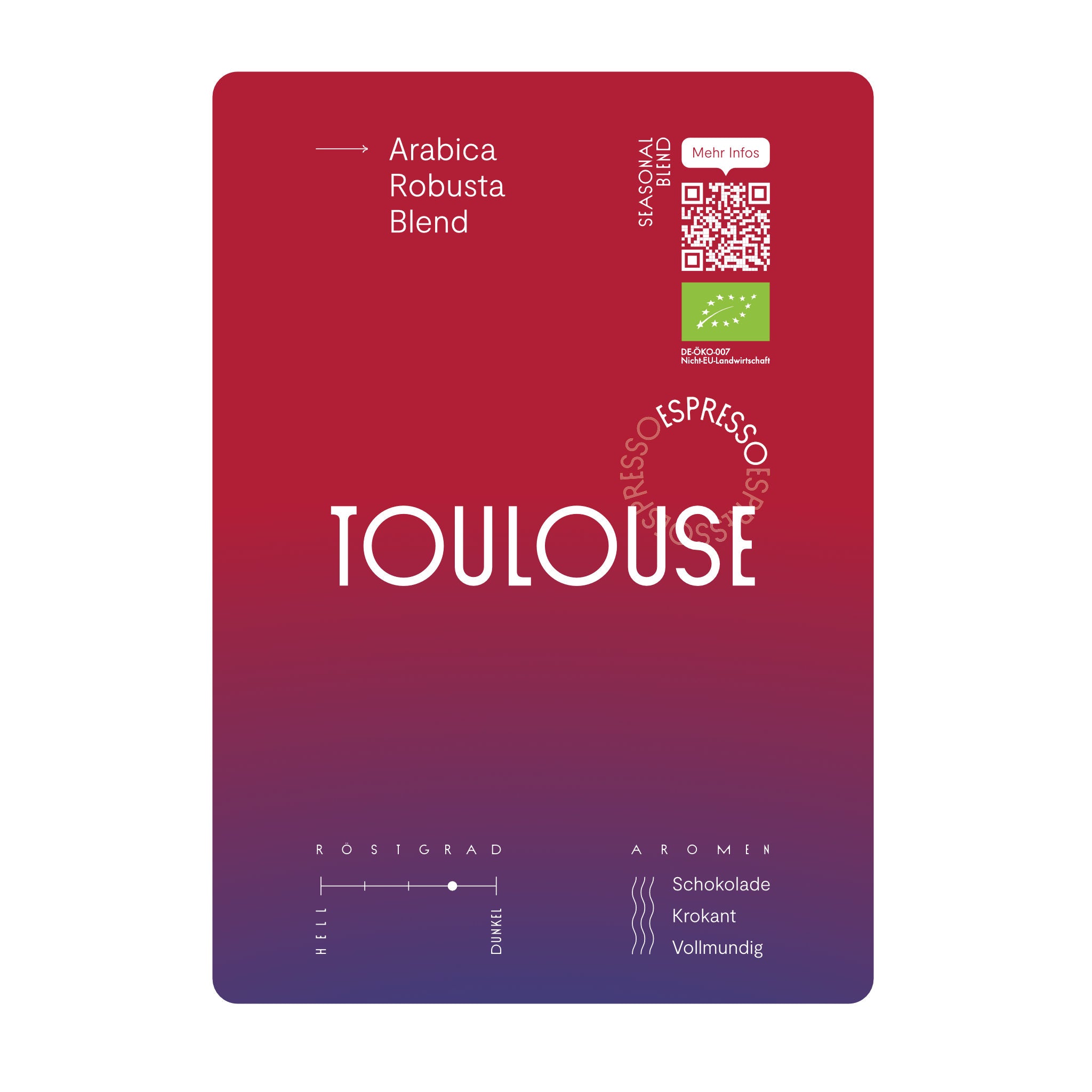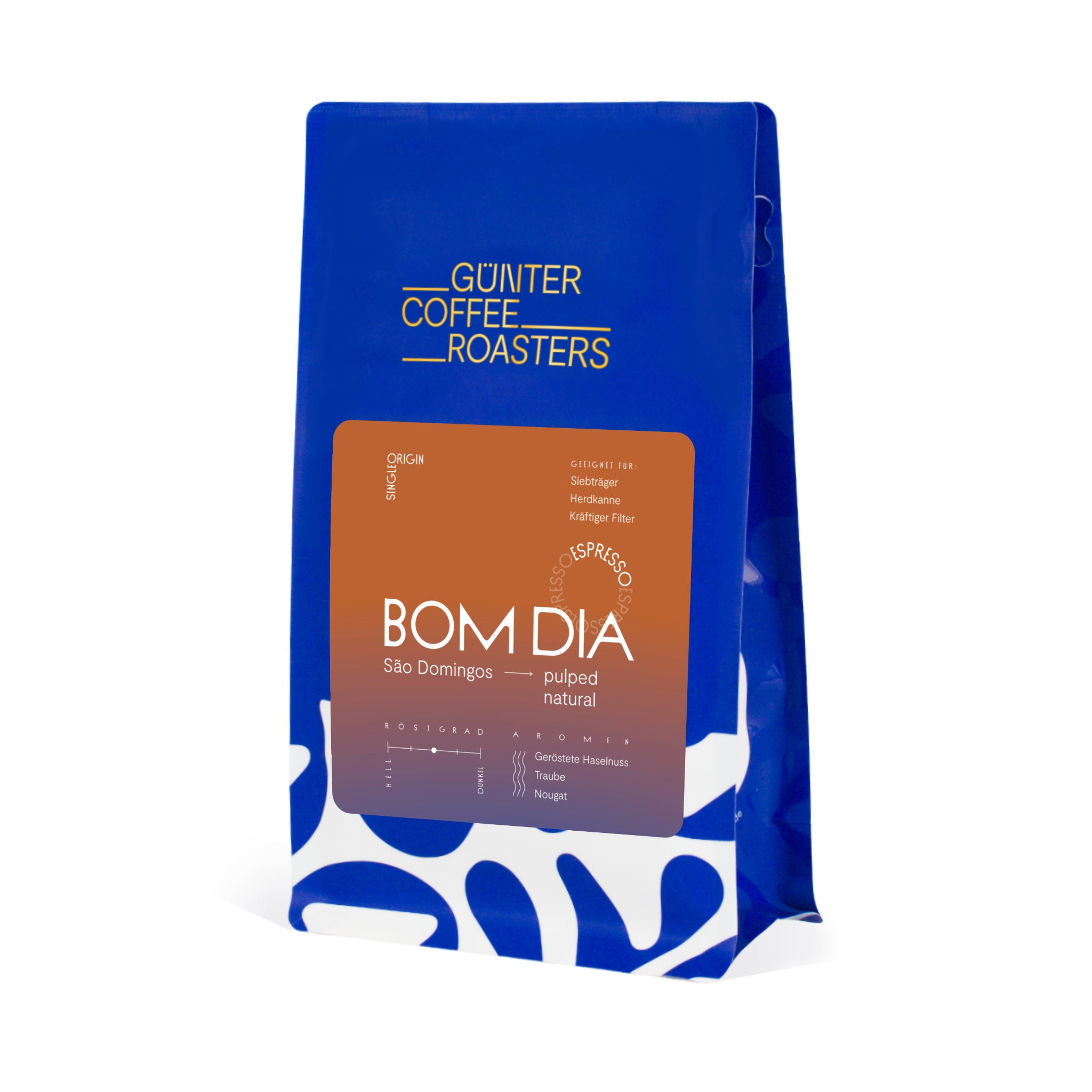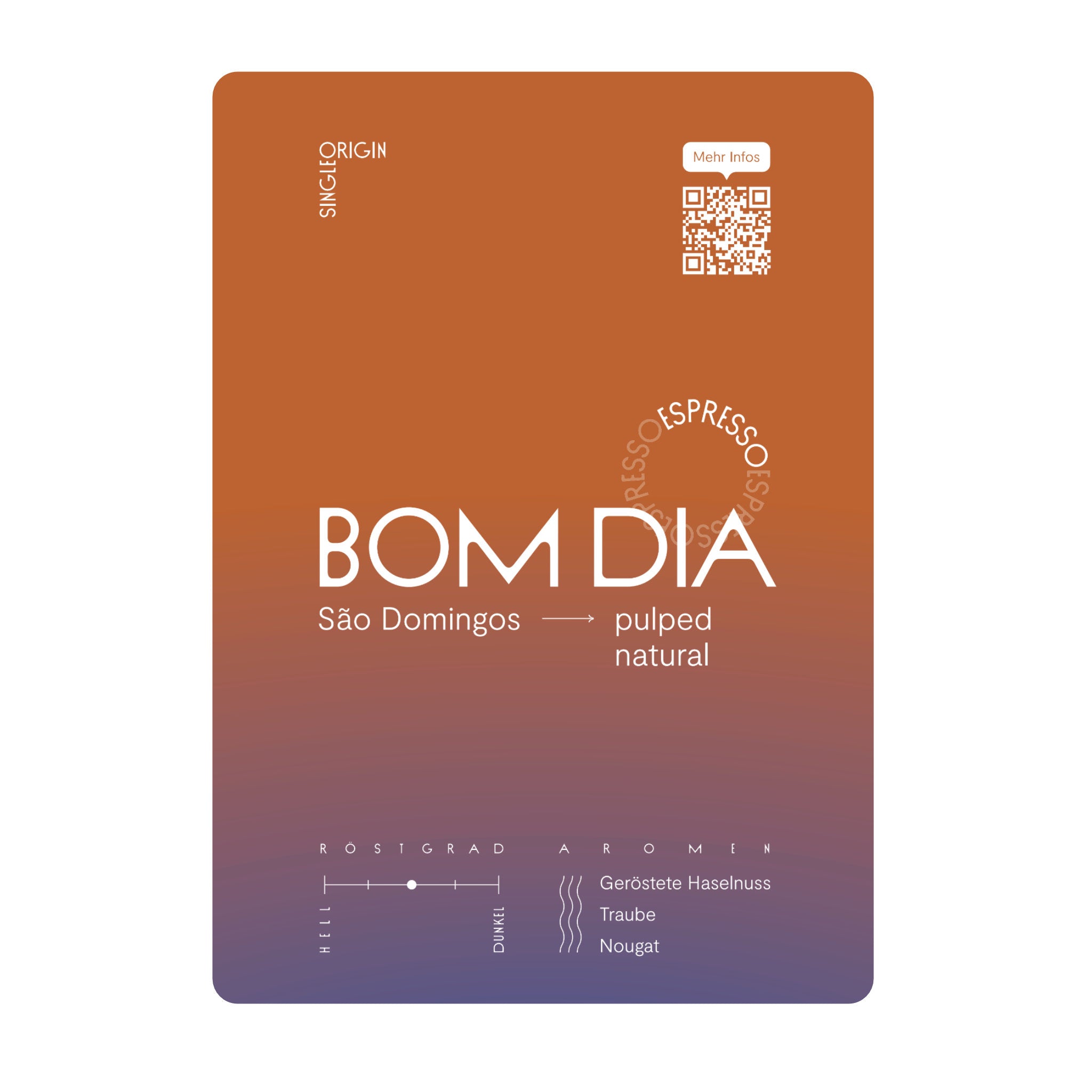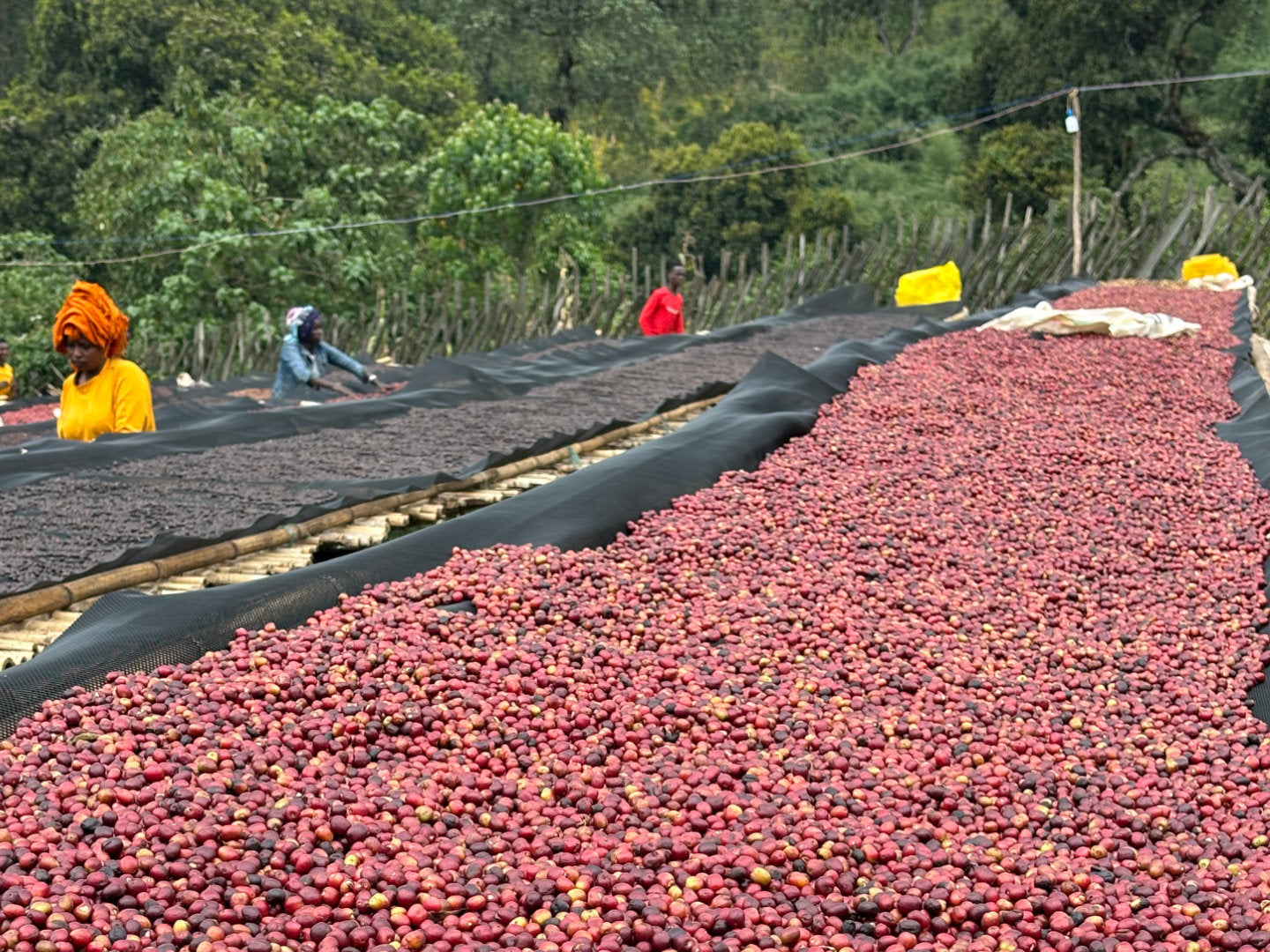Low Caf is coffee with less caffeine than regular coffee, but is not decaffeinated coffee - at least not completely. The most well-known types of coffee are Arabica and Robusta and have a caffeine content of 1.1–1.7% and 2–4.5%, respectively. So there are huge differences here when it comes to the oomph. The preparation method also makes a big difference: there is often more caffeine in the filter infusion than in the espresso, but this is more due to the “typical portion” than to the preparation itself, as Arne Preuss from Coffeeness reveals in his blog (German).
But back to the types of coffee.
Especially when it comes to the extremely popular Arabica coffee, there are countless varieties, some of which are natural, but mainly created by human hands. And new ones are always being added. More variety in taste, but above all more yield, better pest resistance and other efficiency considerations play a major role. Along the coffee belt, which we explain here, there are - apart from the temperature - a wide variety of environmental conditions.
Arabica Laurina as a whim of nature
The Arabica variety Laurina, also called Bourbon Pointu because of its unusually pointed cherries and beans, is a naturally occurring mutation of the coffee plant. It was discovered on the island of La Réunion in the 19th century and comes from the Bourbon variety that was brought to the island during the colonial period. The name Bourbon comes from the noble family of the same name, King Louis XIII. belonged. He ruled France from 1610 to 1643.
At that time and into the 19th century, French settlers forced their slaves on the island to grow vanilla and sugar cane. The well-known name of Bourbon vanilla also comes from this time, when the island was the main exporter of spiced vanilla. With the February Revolution of 1848, slavery was abolished on the island. However, sugar, coffee and vanilla continued to be cultivated and exported until the Laurina variety was almost forgotten in the middle of the 20th century.
It was revived by Yoshiaki Kawashima, a Japanese coffee expert and roaster. He brought the variety back into the conversation, which roasters often use today for coffee that they label as Low Caf. Unlike most Arabica varieties, Laurina only has between 0.7-0.85% caffeine.
Does Lowcaf mean Laurina?
No. For their low-caffeine coffee roasts, many roasters rely on Laurina or Aramosa, a cross between any Arabica variety and the Coffea racemosa variety, which also naturally contains less caffeine. The largest exporter of Laurina and Aramosa green coffees is Daterra, a big Brazilian coffee trader.
We are taking a different approach with our LOWCAF coffee beans (not available anymore). While the caffeine content is comparable to that of Laurina or Aramosa, we rely on a 50-50 blend of the same coffee from Mexico, which we source from Benjamin at from Café San Felipe. A blend of the same coffee because both parts come from the same plants. However, half of the beans are decaffeinated coffee.
This reduces the amount of caffeine without making the coffee taste bland or flat. In addition, we are not dependent on the relatively limited selection of Laurina and Aramosa green coffees. What this means for you is that you will get a tasty Lowcaf coffee from us that you won't find anywhere else.
You can read how to decaffeinate coffee in our article behind the link.
The picture in the article shows coffee plants of the species Coffea arabica cv. laurina on the island of Reunion, photographed by Adrien Chatenay CC-BY-SA 4.0 .
